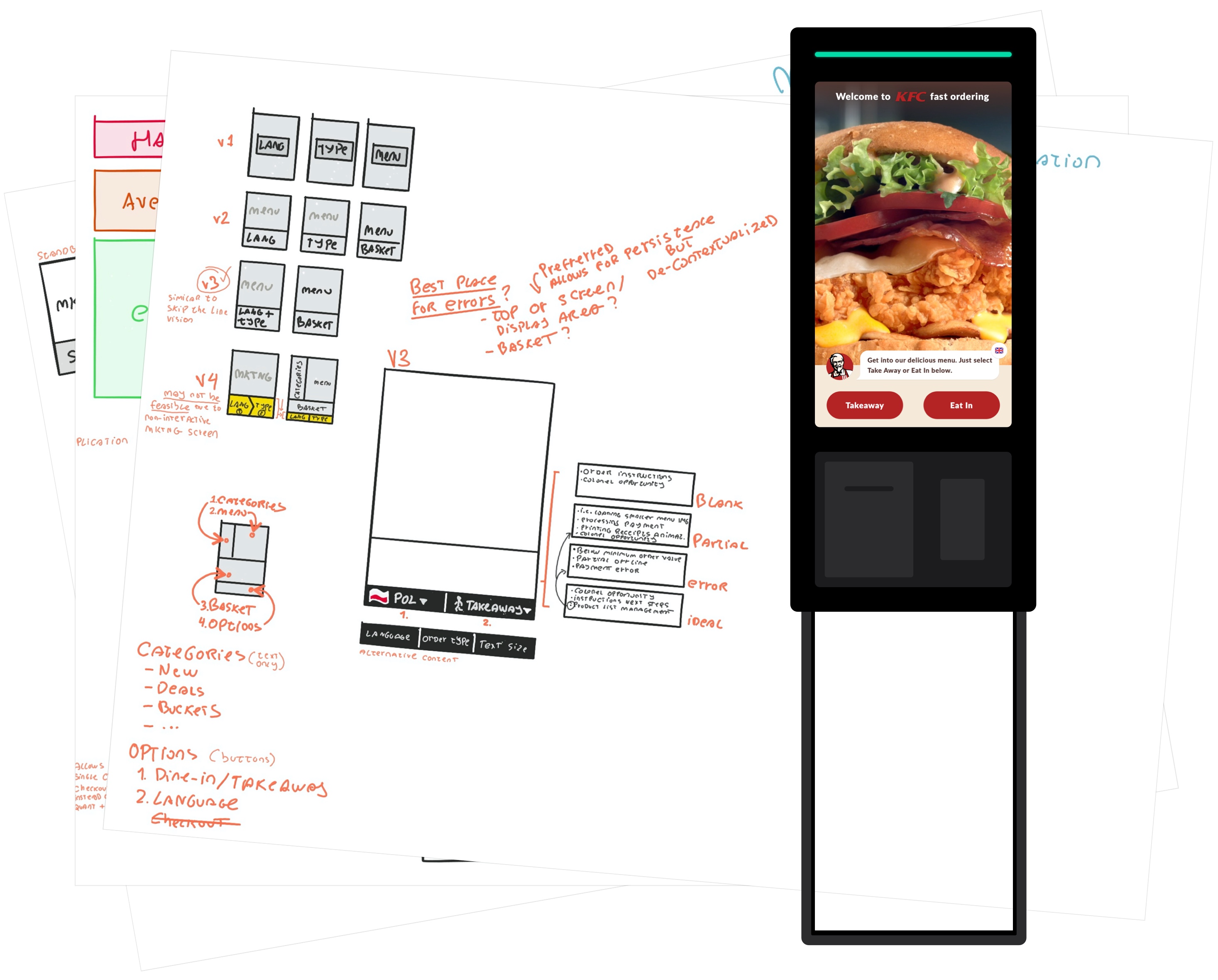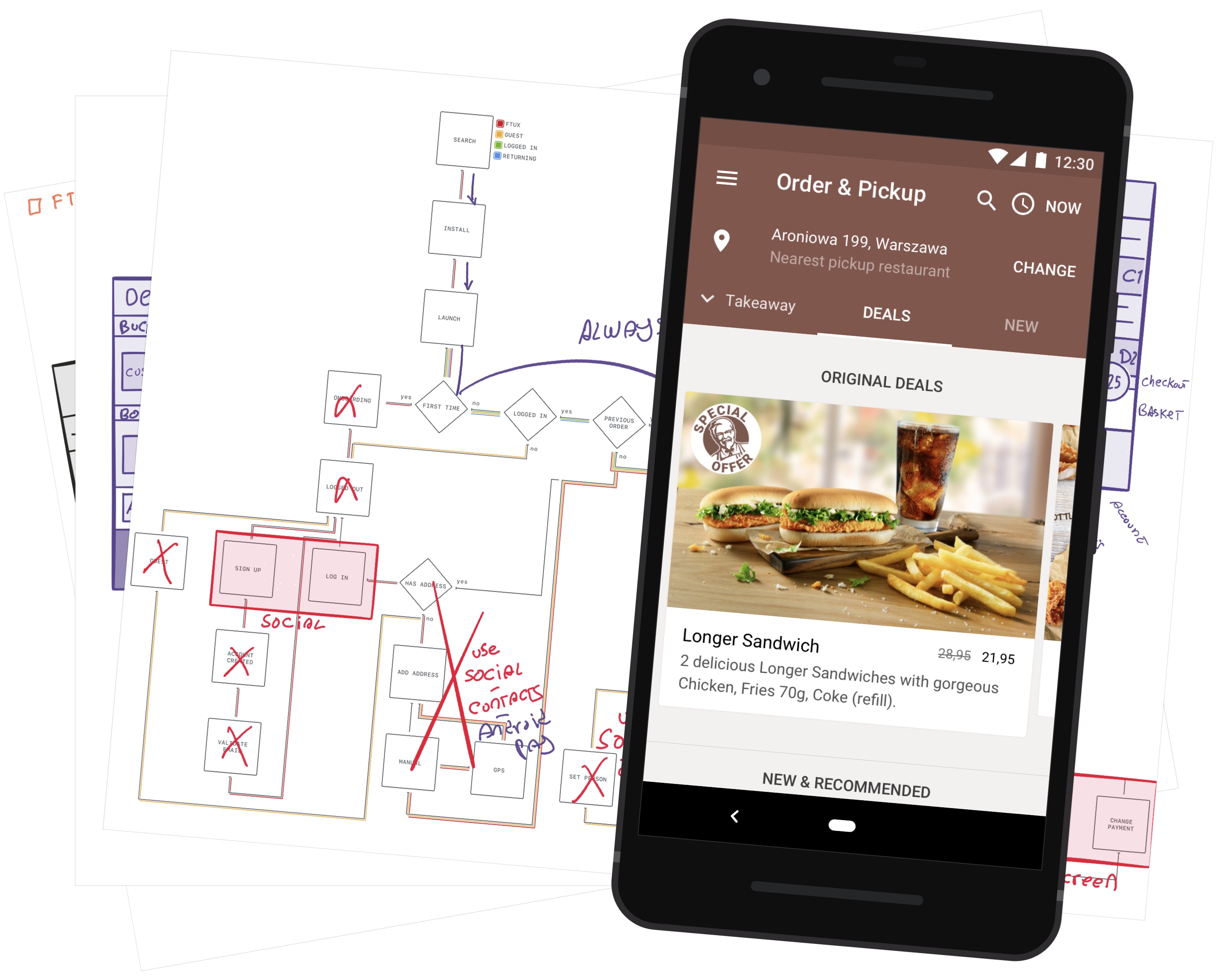“If it’s interesting to you, the odds are that it’ll be interesting to other people. The internet is the densest city. There are thousands of other people interested in exactly the same stuff as you and the internet lets you find them”
Personal note: I found Episode 6 of the Out of Hours podcast quite inspiring. It offers a mix of motivation and history of his newsletter. The notes below are pretty much raw but should be scannable enough.
Topics
Why start
- Realised during a lunch with a former equity analyst. It was an opportunity that no one had taken.
- Monthly newsletters are standard because they’re easy. Help you promote your brand.
- 20k Twitter followers at the time
- 300 new newsletter subscribers per week
- 1000/1500 new subscribers per month
- Articles drive newsletter subscriptions
- Growth tactics and deep analysis had no effect on subscribers
- Varying topics had the most impact, moving away from mobile to whatever was new or growing
- Value: novelty, less known content
- Stats
- 45-50% open rate
- 15% click on links
- Blog posts (OC) and jokes are the most clicked in the newsletter
- Job of the newsletter:
- “What did I miss”
- “What’s the most important thing this week”
- In 2013: newsletters were a thing from the 90s; mail chimp wasn’t designed for it.
- “just did it”, the format requires low effort, easy to test. Unlike blogging.
Principles
- Banking and academic background has him say only things he can support. Distinguish between facts and opinions.
- Tries to not say something that he wouldn’t say to somebody’s face. You’ve got to understand that building software is hard and people may be limited in time or resources.
- Predictions are hard, when you’re wrong you have to look at the positives, what have you learned.
- In 5 years time, you should be able to look back and thing “that was a reasonable thing to say at the time”
- “I don’t say this or that company failed, I say this technology doesn’t seem to be getting traction.”
- Generally people are decent people trying to do their best.
Getting noticed
- His job at a16z was explaining what they were seeing in tech
- The newsletter, the side project, contributed.
- Getting noticed because of the newsletter, was a way to find a job he likes, prove he can do the job.
- Imran Amed was working in banking but had an interest in fashion. He wrote a blog post and created a company of 200 around fashion. There was no one doing fashion strategy analysis to that level.
- “I can write better than anybody who can write faster, and I can write faster than anybody who can write better.” — AJ Liebling
- Conversely: “there were lots of people who can say more interesting things but can’t because they work at Apple, and people who don’t but don’t have much to say” — he had interesting things and was free to say them. Unlike investment bankers, consultants. Some weren’t able to procure data or creating charts.
- Chris Dixon: “Google common topics, if there’s no blog post, write about them”. Funnels, subscriptions, etc.
Confidence
- Just because other people know it, doesn’t mean here’s no value in writing them.
- “I get imposter on each newsletter issue”
- “Surely everybody has seen this … but most subscribers are not in tech, or they’re too busy”
- “Think about something you said to 10 people in the last weeks and write about it”
- “You don’t need to be like Fred Wilson who wakes up, goes to the gym, does his yoga, has a coffee and breakfast, and writes a blog post, every day”
- “No need to write an essay, but there has to be a reason to say that”
- “Fred Wilson got into the rhythm, and has been very successful over the last 20 years”
- “Twitter and Instagram killed everything else, pushed people into short form.” “A weblog used to be a link and 5 lines of text around it in the 2000s”
- The length and commitment has shifted over time
- “I use Instagram to follow architects and artists, and post pictures of art galleries. But most people use it like Facebook, posting crappy pictures of their cats. The form and how we perceive it changes how much pressure we put on ourselves. No one thinks a tweet has to be perfect. Instagram has grown to require more effort, you usually post as a story instead of a permanent photo that requires more effort.”
- “I used to post a few charts a week back in 2010. And that has changed over time. There’s no requirement for what you can write, or where you write it.”
- “My newsletter is a subscription essay, or blog post, but it may change over time”
- “You need rhythm, there’s nothing worse than starting a blog post, doing two posts and then disappearing.”
- “If it’s interesting to you, the odds are that it’ll be interesting to other people. The internet is the densest city. There are thousands of other people interested in exactly the same stuff as you and the internet let’s you find them”
Landscape and unbundling
- The landscape of media is changing to group around interests. Instead of submitting to the NYT they might create their newsletter and monetise via substack.
- “There’s two ways to make money: bundle or unbundle.” — Jim Barker, co-founder Netscape
- Newspapers and magazines unbundled sections and writers
- There’s a limit to how many unbundled items you can follow, instagram/facebook/gmail/tumblr do provide value
- We go between unbundling of old media and bundling into new media cycles
- Nothing is immune to unbundling or competition, Facebook is vulnerable to this, just like 1960s Vogue seemed unbeatable but was later challenged by Cosmopolitan and many others.
- The move to unbundling and atomisation isn’t the only move out there, the market is in constant transformation.
- £100/article for journalists at a newspaper, unbundling may allow them to increase that revenue by charging readers directly
- Instagram has completely destabilised the celebrity industry. As a celebrity you’re no longer reliant on TMZ or paparazzi to reach and grow your audience. Now these people can do direct.
- Unbundling doesn’t mean increased revenue, a retailer that goes D2C stops spending money on real estate, but that real estate also provided marketing, so now you have to redirect some of that money to dedicated digital marketing initiatives. They shift from rented stores to Amazon or Google ads.
- Amazon now has a $10BN advertising business, Google gets $10BN/year from Expedia and Booking.com
- Amazon and Google advertising money was diverted from Walmart and Macy’s and Shopping malls, they’re fulfilling the same JTBD (– he doesn’t reference JTBD directly)
- Kylie Jenner built her own brand on Instagram, Shopify, Stripe, and her previous fame (Kardashians). No need to create a partnership with an existing brand.
- https://en.wikipedia.org/wiki/Kylie_Cosmetics
- My boss at A16Z used to joke they were a media company that made money through VC. You’ve got to think about the purpose, and how to aggregate atoms to reach that purpose. (– systems thinking)
- Not everyone will start their own D2C business, but it’s definitely more achievable now. There’s plenty of examples of people switching to D2C, or doing it as a side business. Some may end up there by accident (like Benedict, he trialled the newsletter which is now a source of income)
- Confidence: if the purpose is to move completely to D2C, then you need to plan it well. But if it’s a side-business or a trial, don’t worry too much, play around with it, see where it takes you.
- “What should you look for when trying to turn a side job into a full time”
- Is it your passion?
- Is it viable?
- Not really sure.





